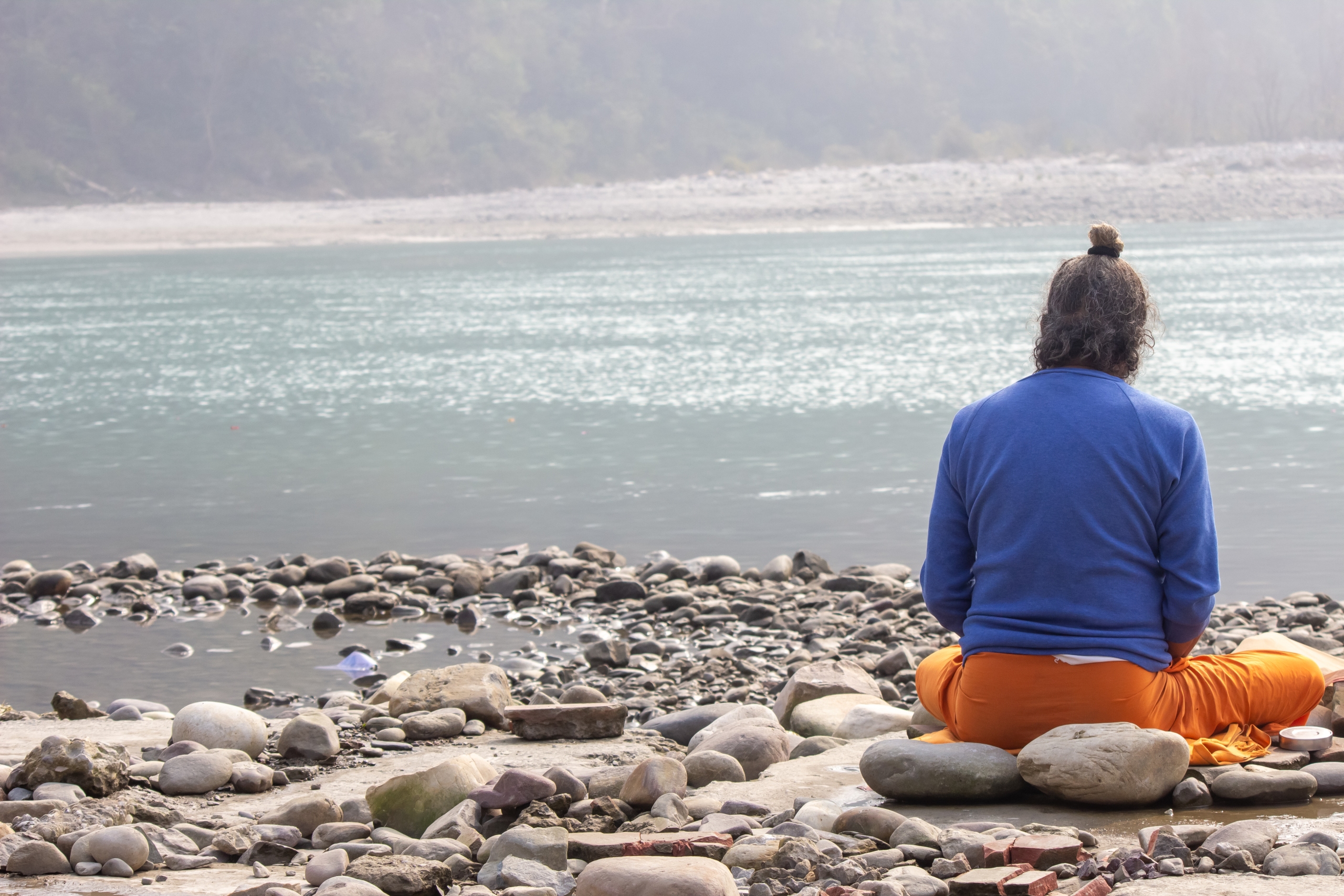“Silence is a friend who never betrays.” — Confucius
Walking in silence is transformative. It is not merely the absence of noise but a state in which the mind awakens, the body realigns, and awareness deepens. Anyone who has undertaken a pilgrimage—whether the Camino de Santiago, the Via Francigena, or the Kumano Kodo in Japan—knows that silence is not emptiness but presence.
Yet in a hyperconnected world, where every moment is filled with notifications, podcasts, and conversations, silence has become a rare luxury. Why is it so powerful? What happens in the brain when we immerse ourselves in silence? And why have many spiritual traditions regarded it as a path to transcendence?
The brain in silence: Neuroscience and inner transformation
Science confirms what contemplative traditions have long intuited: silence changes the brain.
A 2013 study published in Brain Structure and Function found that two hours of silence daily stimulate the growth of new cells in the hippocampus, the brain region linked to memory and learning. Another study in the Journal of Neuroscience showed that silence reduces cortisol levels, the hormone associated with stress.
Silence also activates the brain’s default mode network, the system involved in self-reflection, processing experiences, and accessing deep insights. This is the mental space where creativity, awareness, and emotional healing take root.
During a pilgrimage, removed from daily distractions, silence becomes a catalyst. It helps untangle emotions, clarify thoughts, and surface what the noise of routine keeps buried.
Silence in Psychology: A Space for the Mind
Carl Jung called silence “the great revealer.” It is not just a pause but a space where one encounters authenticity.
In humanistic psychology, silence is considered essential for mental well-being. It enhances self-awareness and fosters mindfulness—the ability to be fully present. Walking in silence on a pilgrimage has effects akin to therapy:
- Reduces anxiety. The absence of external stimuli calms the mind.
- Builds emotional resilience. One learns to be with oneself without distractions.
- Strengthens connections. Paradoxically, shared silence often creates deeper bonds than words.
In psychotherapy, silence is used to encourage introspection. Active silence, charged with presence and listening, helps access the deeper layers of the psyche.
Silence in Spiritual Traditions: A Universal Language
Across traditions, silence has been regarded as a doorway to insight.
🏜️ Christianity: The Inner Desert
The early Desert Fathers sought silence to cultivate spiritual awareness. John of the Cross described the dark night of the soul—a silent path of inner transformation. Silence remains central in monastic traditions, from Benedictines to Carthusians.
🪷 Buddhism: The Path to Wisdom
The Buddha often responded to certain questions with silence, indicating that some truths cannot be spoken—only experienced. Vipassana meditation, practiced by millions, is rooted in silent observation of the mind.
🕌 Islam and Sufism: Silence as Prayer
In Sufism, samt (silence) is seen as a form of divine remembrance. The whirling dervishes alternate movement with stillness, sound with silence, in a rhythm that mirrors the universe itself.
🛕 Hinduism: The Power of Mauna
In Hindu tradition, Mauna is the vow of silence. Teachers like Ramana Maharshi taught that silence is the highest form of wisdom—words may deceive, but silence does not.
The Benefits of Silence in Pilgrimage
What are the tangible effects of silence while walking for days or weeks on a pilgrimage?
- Mental clarity. Without external noise, real questions emerge.
- Renewed energy. The mind rests, the body regenerates.
- Heightened awareness. One learns to listen to breath and movement.
- Deeper connection with nature. Silence allows one to hear the wind, water, and earth’s rhythm.
- Inner peace. A silent pilgrimage becomes a moving meditation.
Learning the Language of Silence
In an age of constant stimulation, silence is both a challenge and a necessity.
A silent pilgrimage is not just a journey through landscapes but through the self. It is a return to what matters.
Perhaps that is why, on the world’s ancient paths, when footsteps become rhythm and breath merges with the wind, silence ceases to be an absence and becomes a presence.





